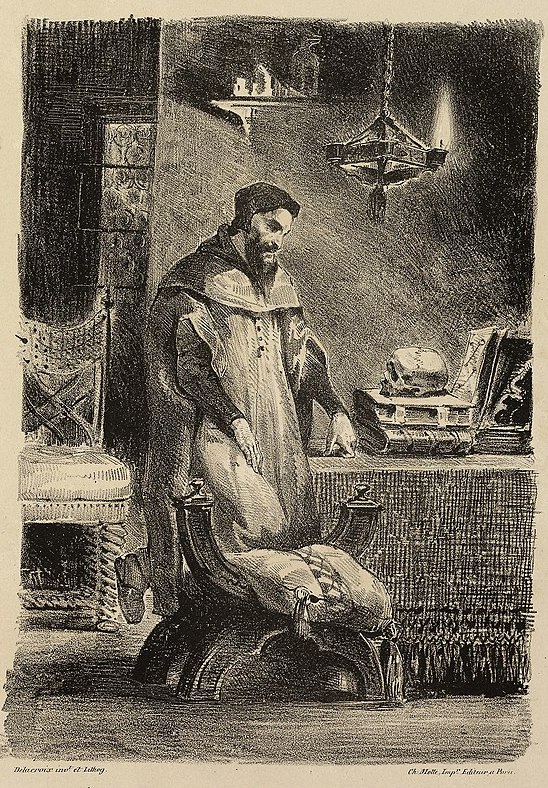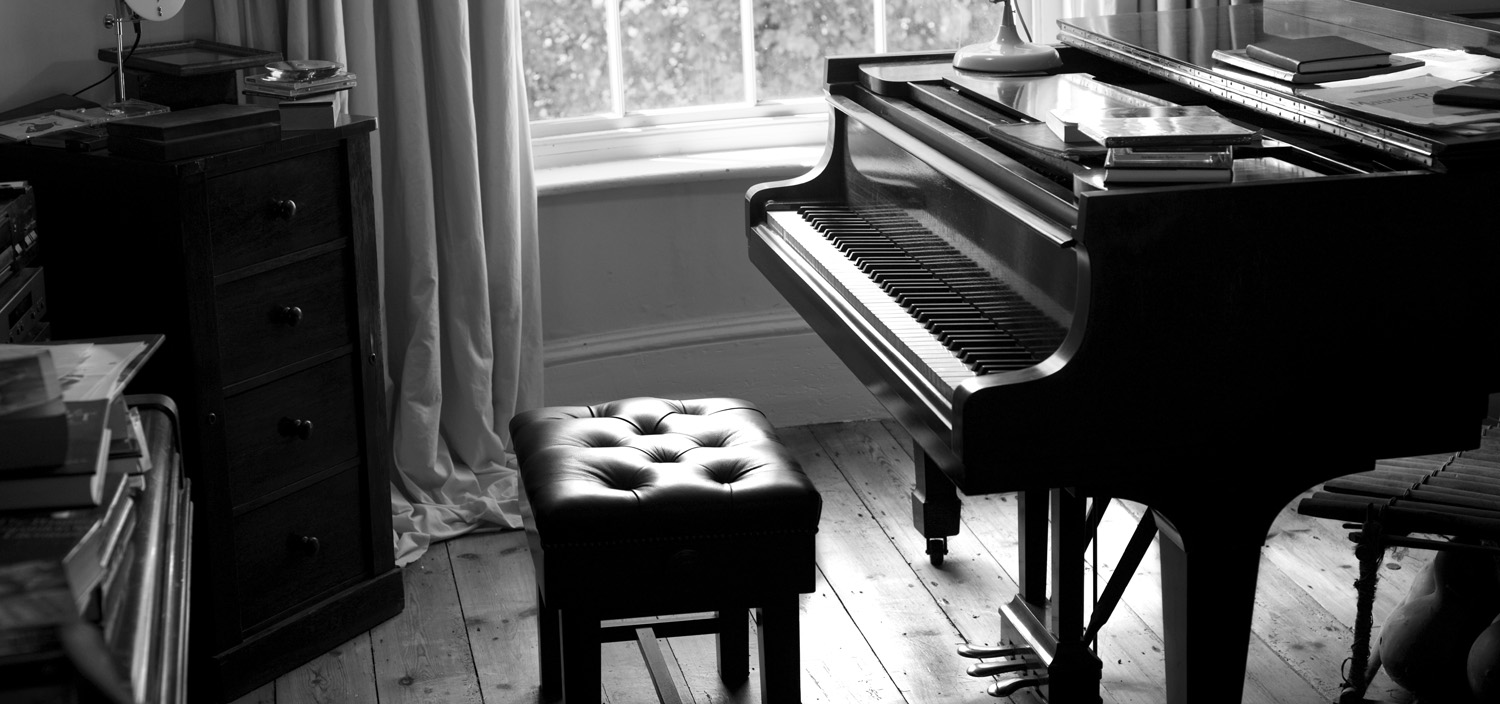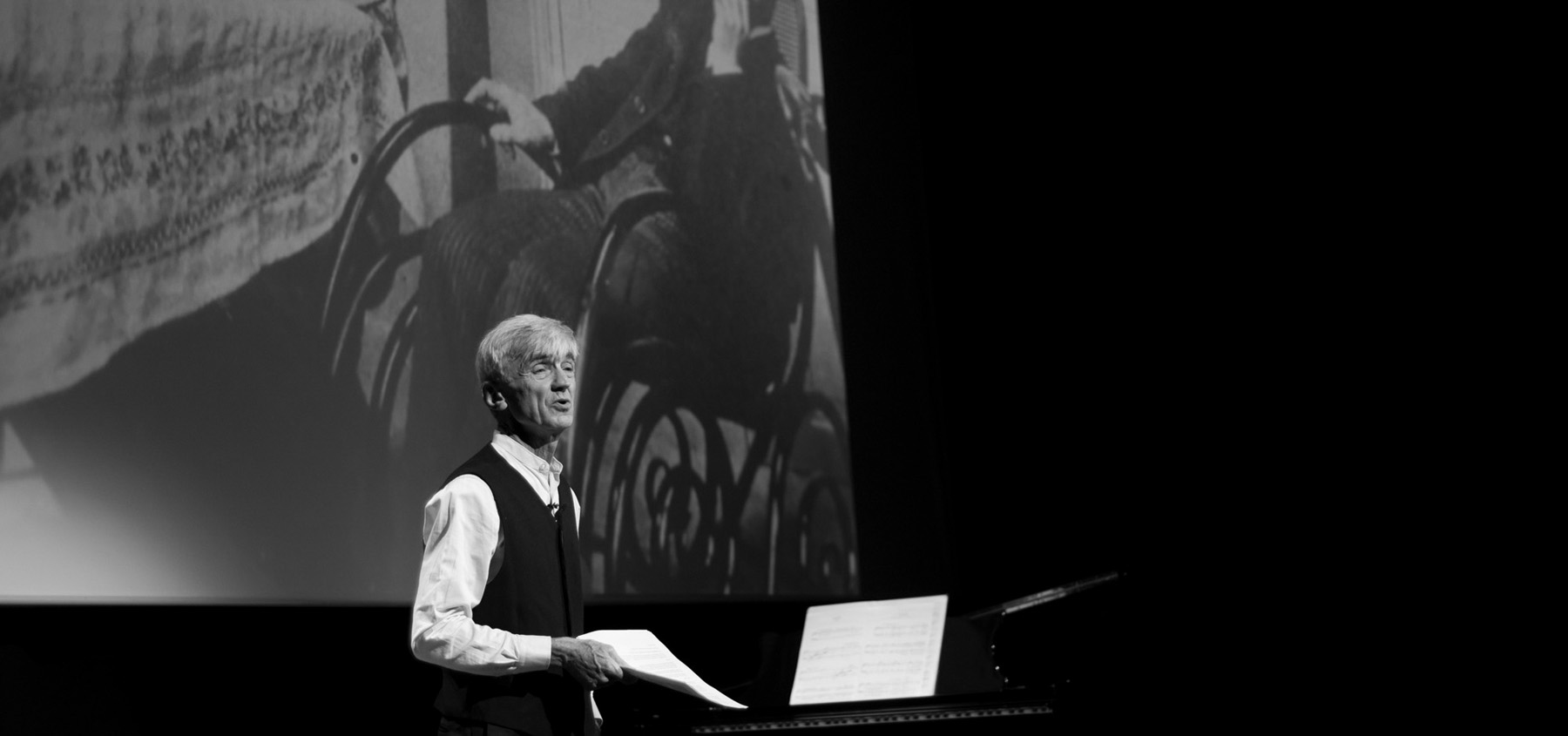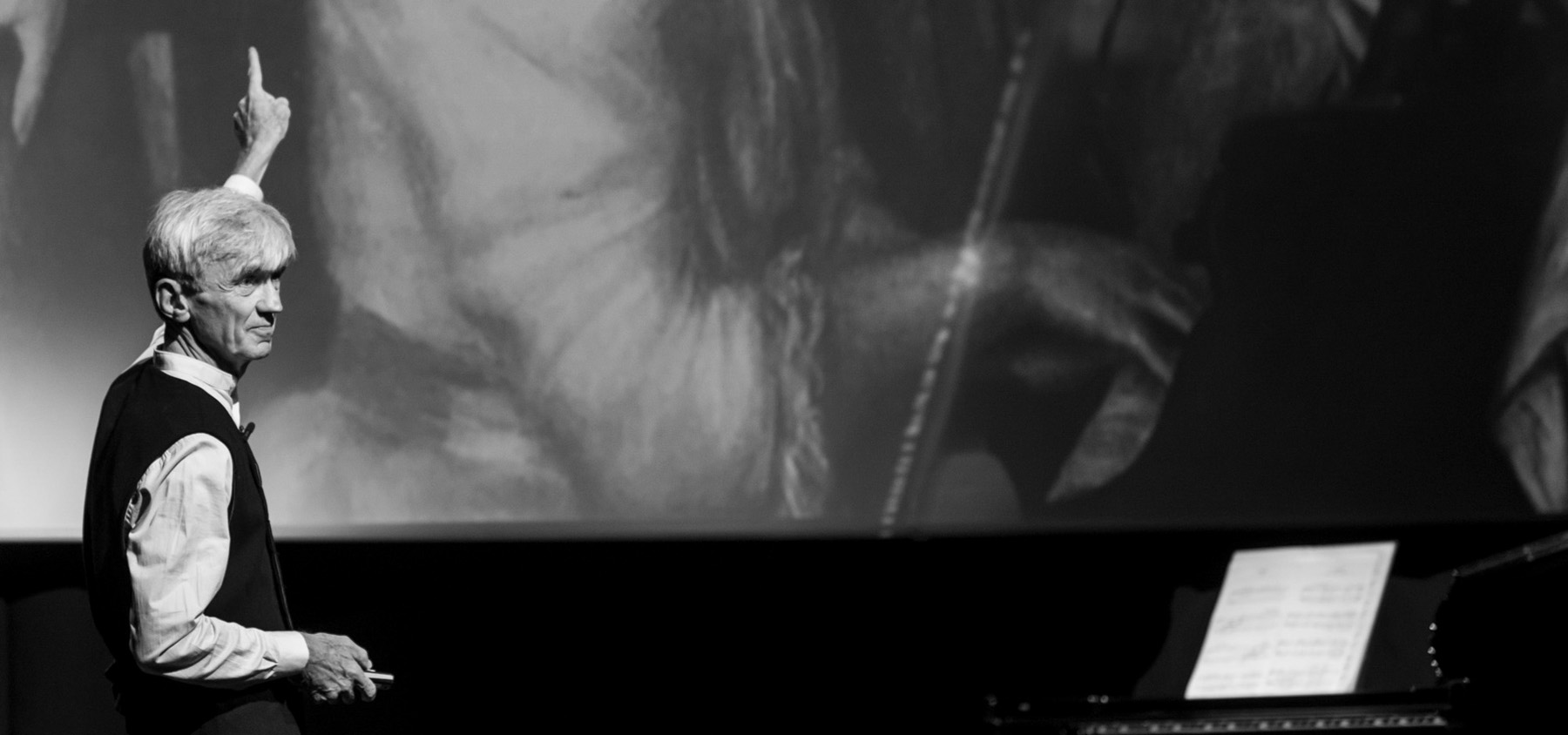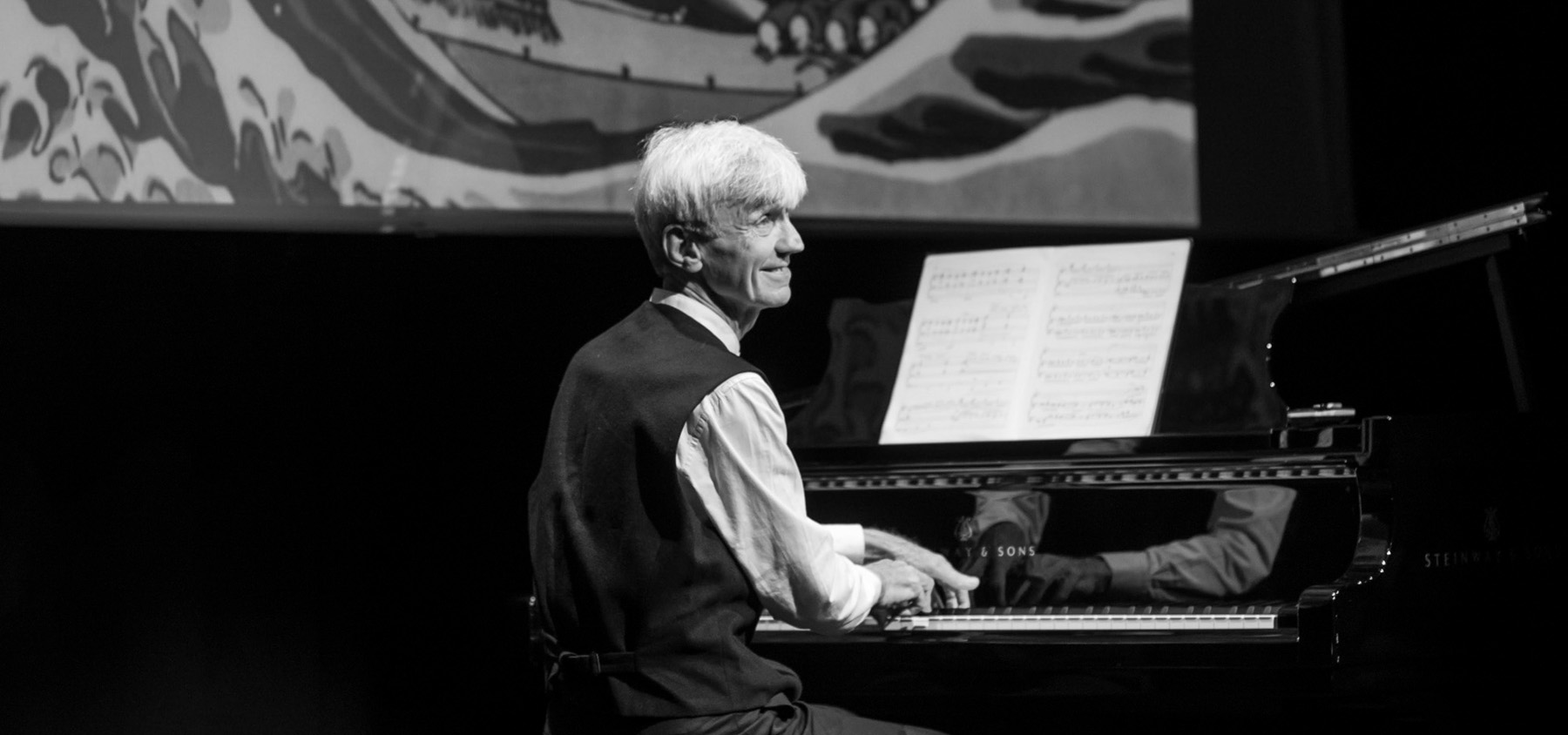Liszt's B minor Sonata and Goethe's Faust
The Contentious Question
That Liszt had the story of Goethe's Faust in mind as the background 'programme' to his great B minor Sonata has long been argued and disputed. There is no first-hand evidence that he ever said anything about it, though plenty of material on which to speculate. In my book Reading Franz Liszt I bring all the evidence under one heading - in fact two headings as I devote two chapters to this greatest of Liszt's piano works. It might seem an anomoly, in a book otherwise devoted to Liszt's descriptive pieces, to have taken up so much space with one of the manifestly finest examples of 'pure music' of the nineteenth-century, but I felt it was justified by the very fact of the long-running dispute - I wanted to present the arguments for and against and not take sides. In the end I became a Faust devotee. Equally I could not resist the chance to write about Goethe's Faust (admired passionately by Liszt); to try and make it approachable to piano students and general readers; and to explore the story's history and the deep significance it had for innumerable artists from Delacroix, Berlioz and Liszt, to Orson Welles in the 1937 and the Russian film director Alexander Sokurov in 2011.
This is my final paragraph to Chapter 5, Music as Metaphor:
In the summer of 1854 Mary Ann Evans (soon to be known as the novelist George Eliot), and her partner George Henry Lewes, spent several weeks in Weimar with Liszt. She described him as “the first really inspired man I ever saw.” Lewes was gathering material for his book The Life and Works of Goethe. Of Faust he wrote that it “has every element: wit, pathos, wisdom, farce, mystery, melody, reverence, doubt, magic, and irony; not a chord of the lyre is unstrung, not a fibre of the heart untouched.” A case can be made for every one of these elements in Liszt’s B minor Sonata (stretching a point with farce perhaps, although we might see a flicker of farce in the hair-raising dance of the fugue — Mephistopheles and Faust — and its denouement). A view that takes Goethe’s Faust as a reference point aligns Liszt’s greatest piano work with one of the greatest master works of European literature. That is the sonata’s stature. That is justification enough for Faust.
The illustration below is from a series of lithographs by Eugéne Delacroix; it is entitled Faust in his Study.
